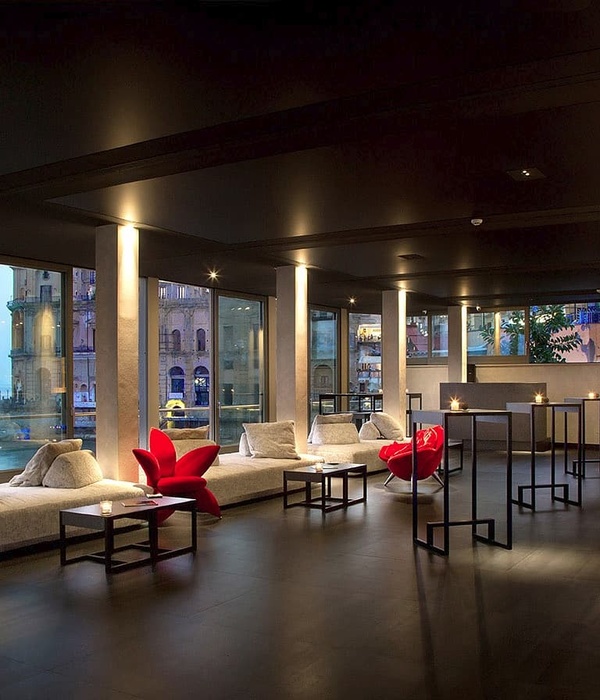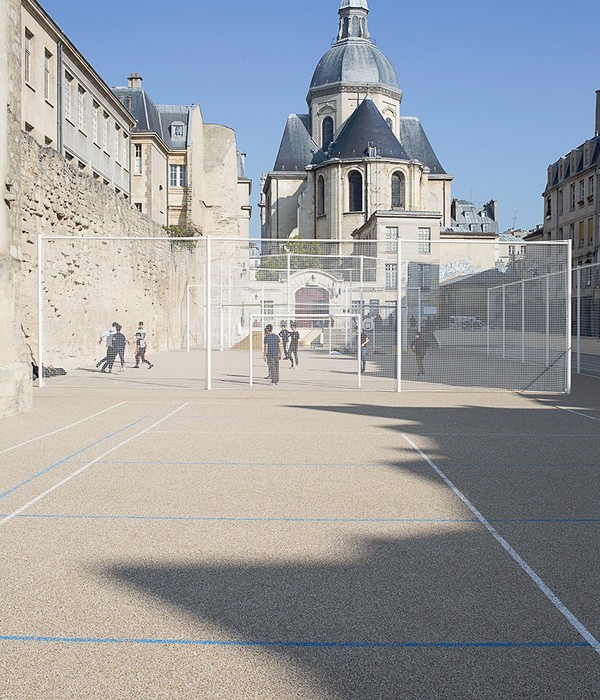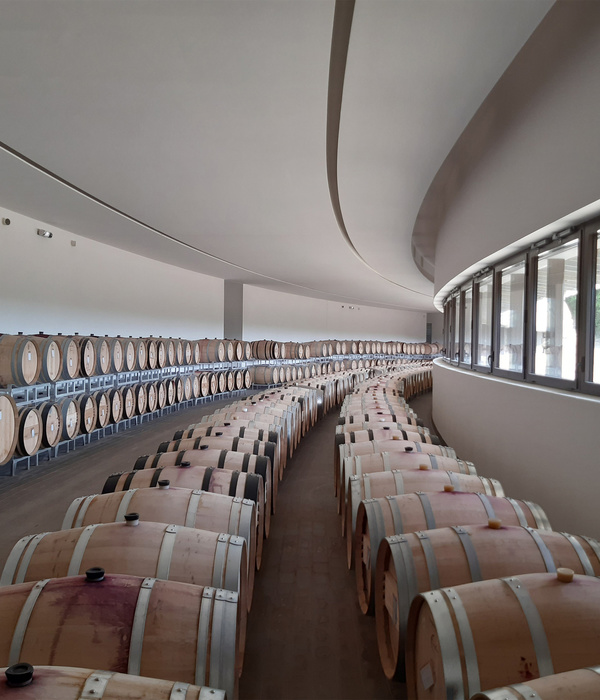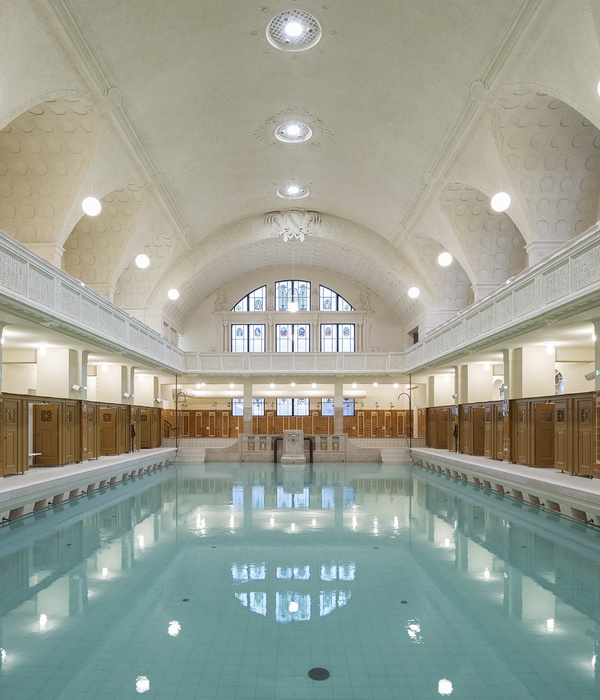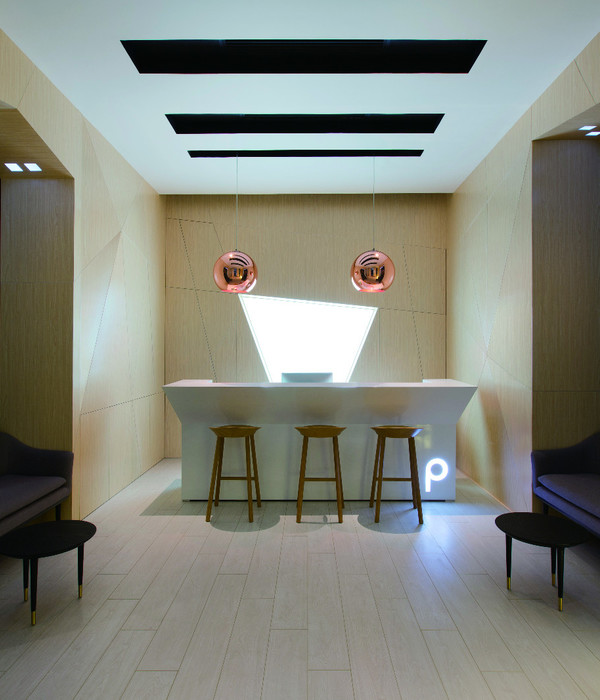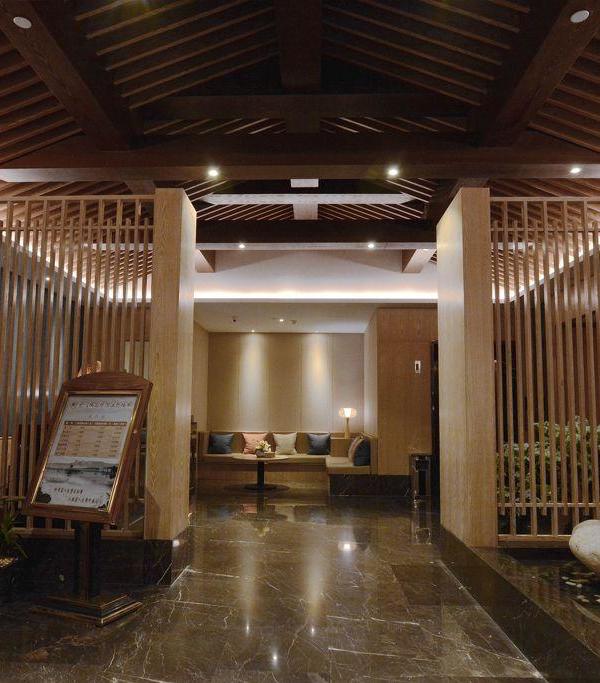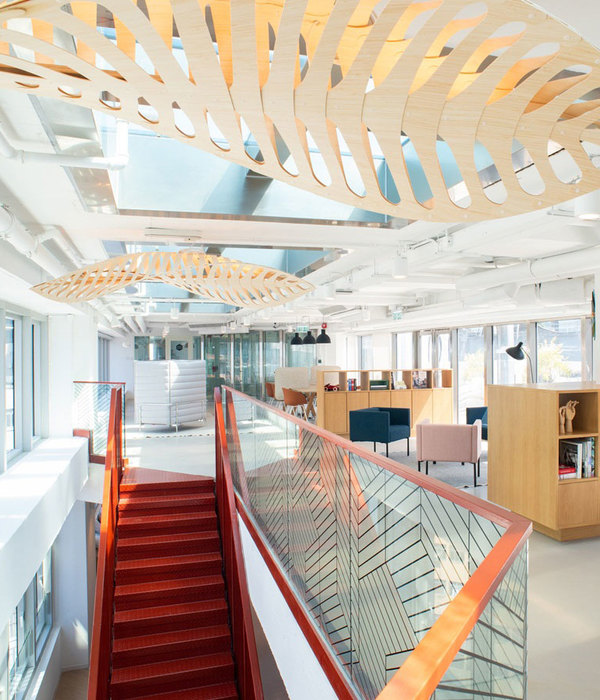Jade 1933 This historic Basilica Domus style architecture was built in 1933. It was once the biggest slaughterhouse in Far East before the liberation, which became a new landmark and “workshop of innovation” in Shanghai after the refurbishment in 1933. The design looks dark and somber due to its original function as slaughterhouse. It was a challenge for the designer to make a traditional Chinese restaurant like Jade Garden not only to fit into such a space but also deliver the characteristics of Chinese cuisine. The Jade Garden restaurants have applied the five elements in traditional Chinese culture, encompassing metal, wood, water, fire and earth. The element of fire inspired the designer this time. The intensity of fire eliminates the darkness and depression, brightens the building, and warms up the atmosphere that a Chinese restaurant should have. The entrance is made of beautiful fire-pattern marbles that are pervious to light, displaying an effect of time tunnel and a dramatic ceremonial feeling to diners. Different spaces separated by the kitchen and private dining rooms have different versions of fire: cold fire for the barn lantern area, warm fire for the window tables and intense fire for the dining hall. The stainless steel suspended ceiling with a mirror surface not only stretches the height, but also spreads the effect of fire to the old Shanghai paintings of the 1930s on the ceiling. The design retains the key essence of the original architecture, such as the umbrella-shaped flat slab structure and Art Deco windows… Building 1933 and Jade Garden reflects the combination of new and old, and a perfect blending of history and modernity.
{{item.text_origin}}


